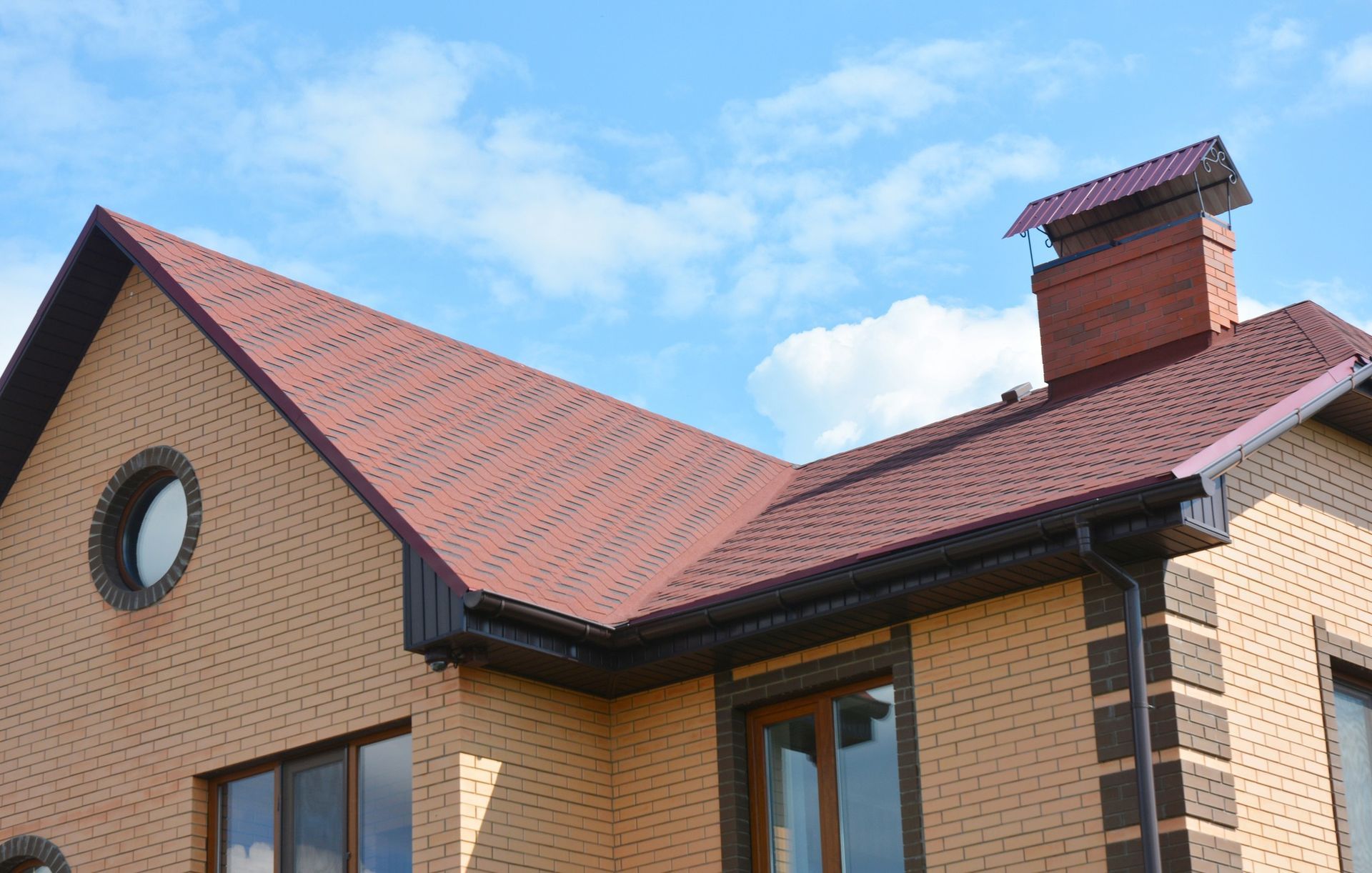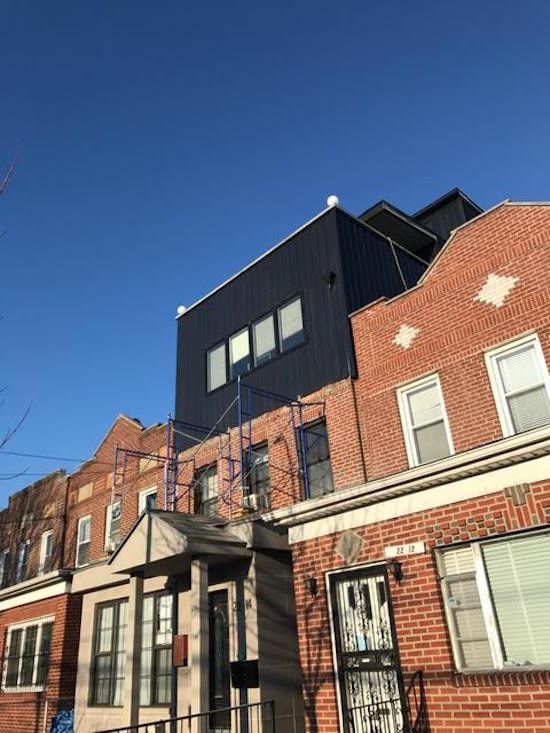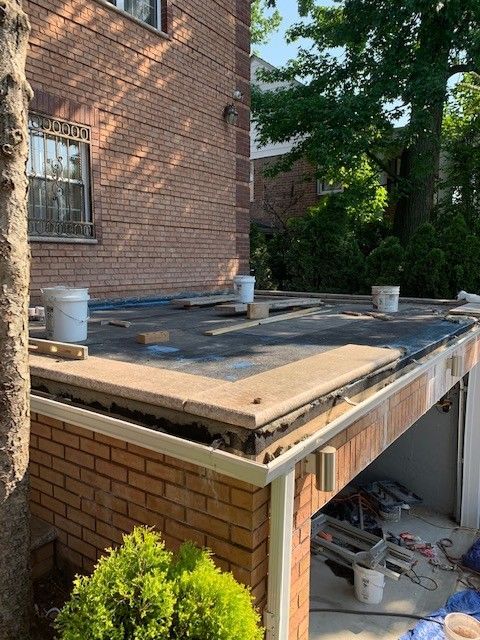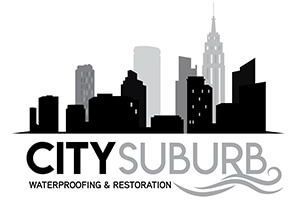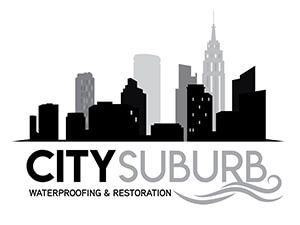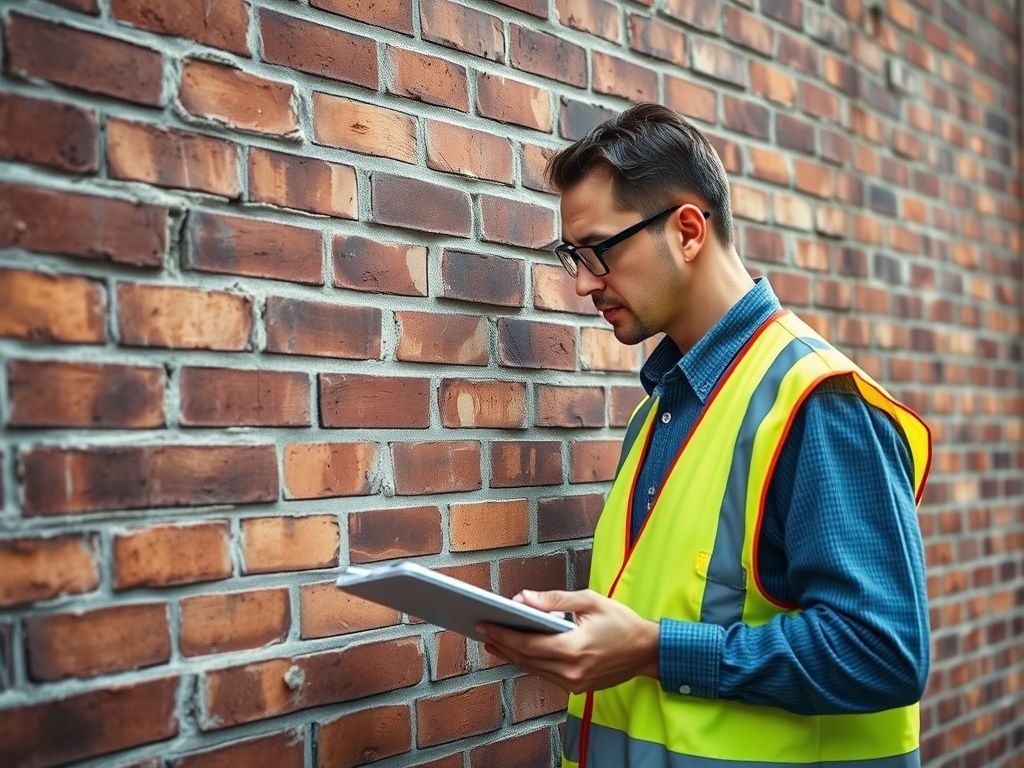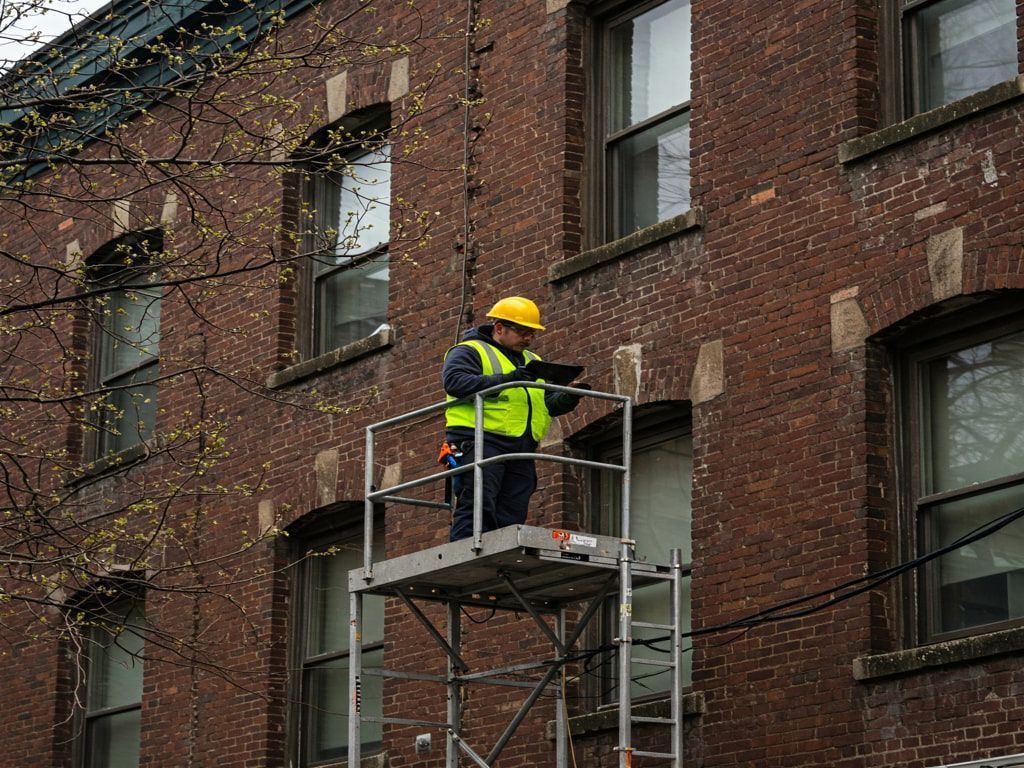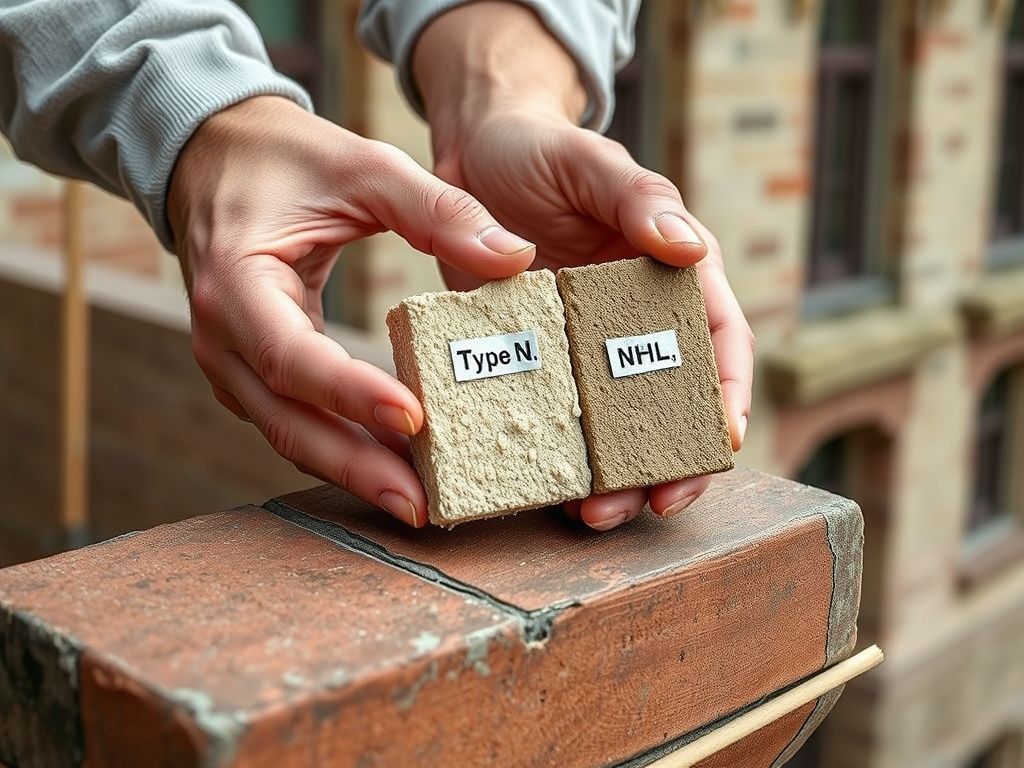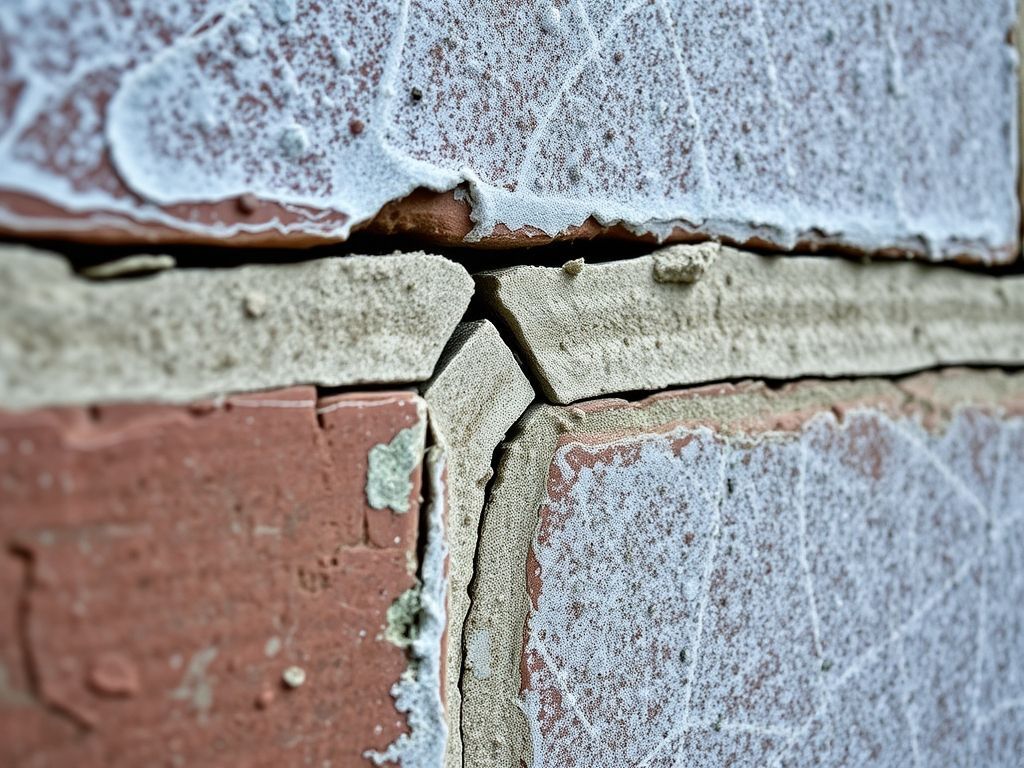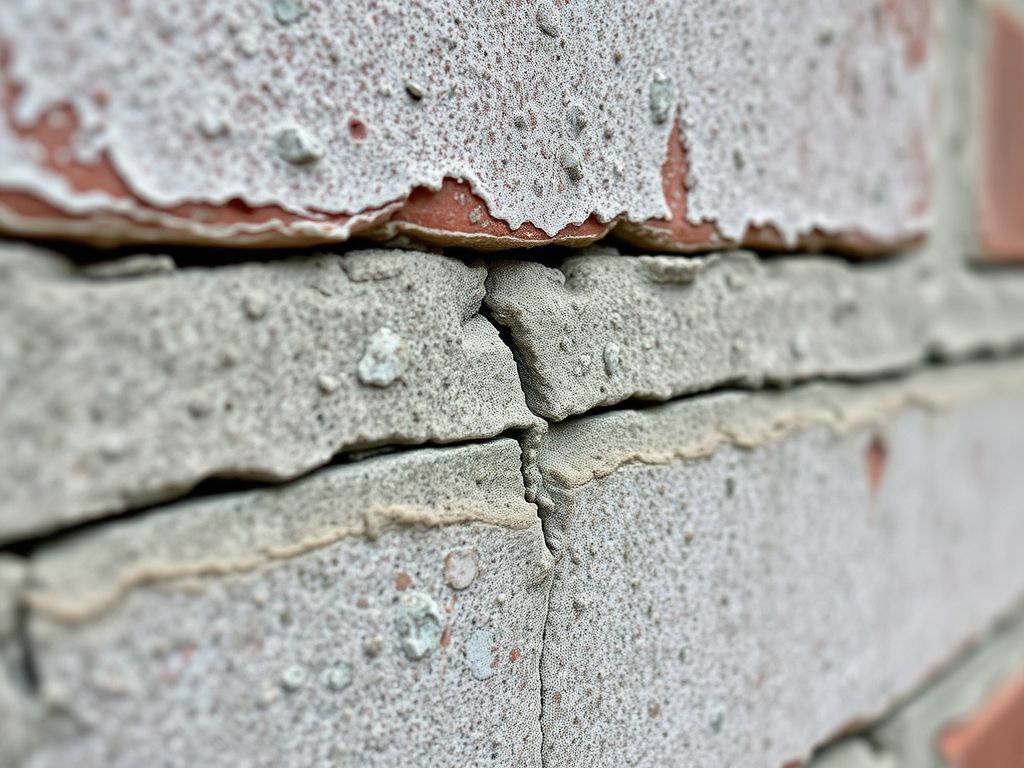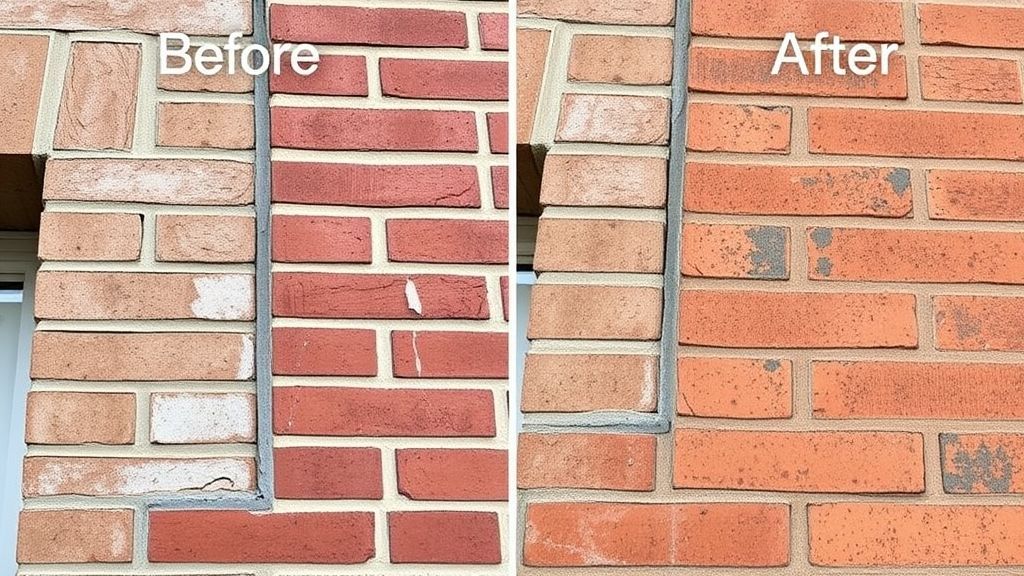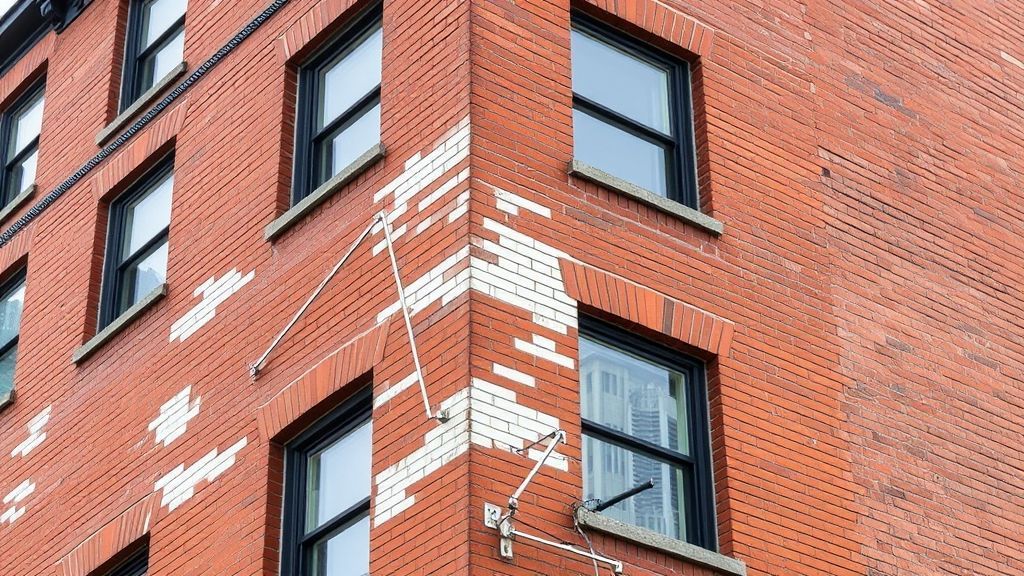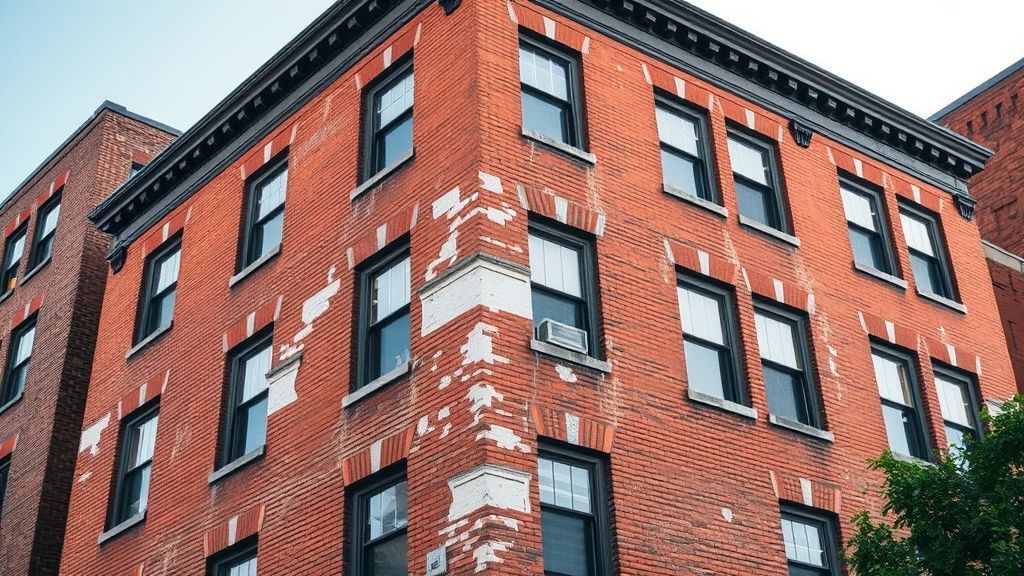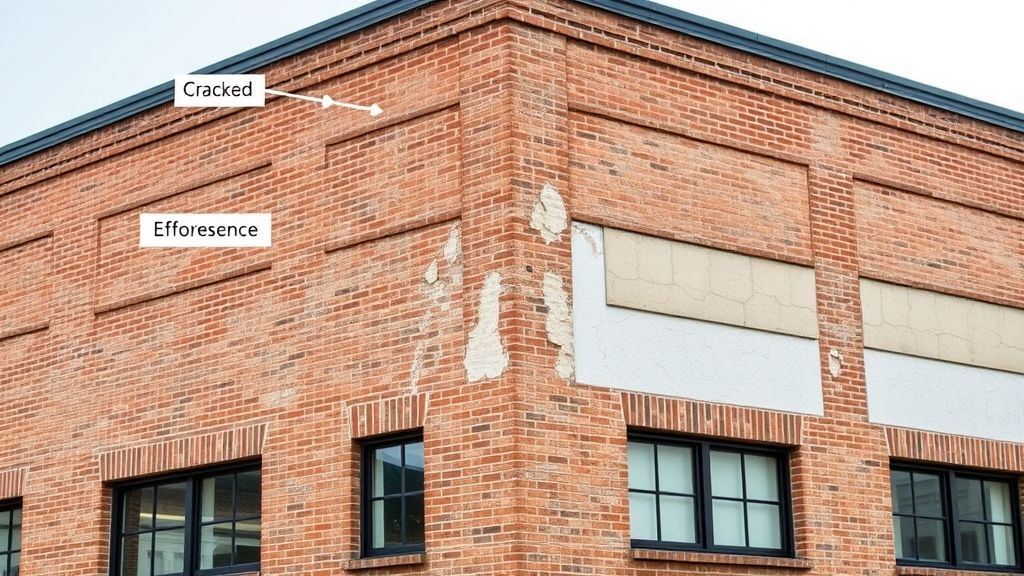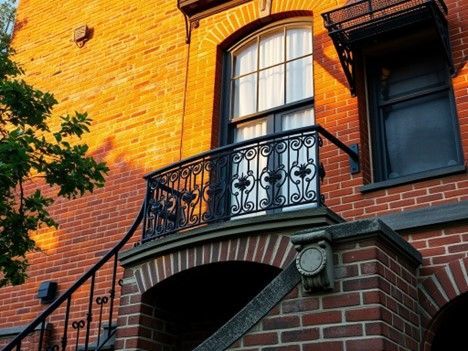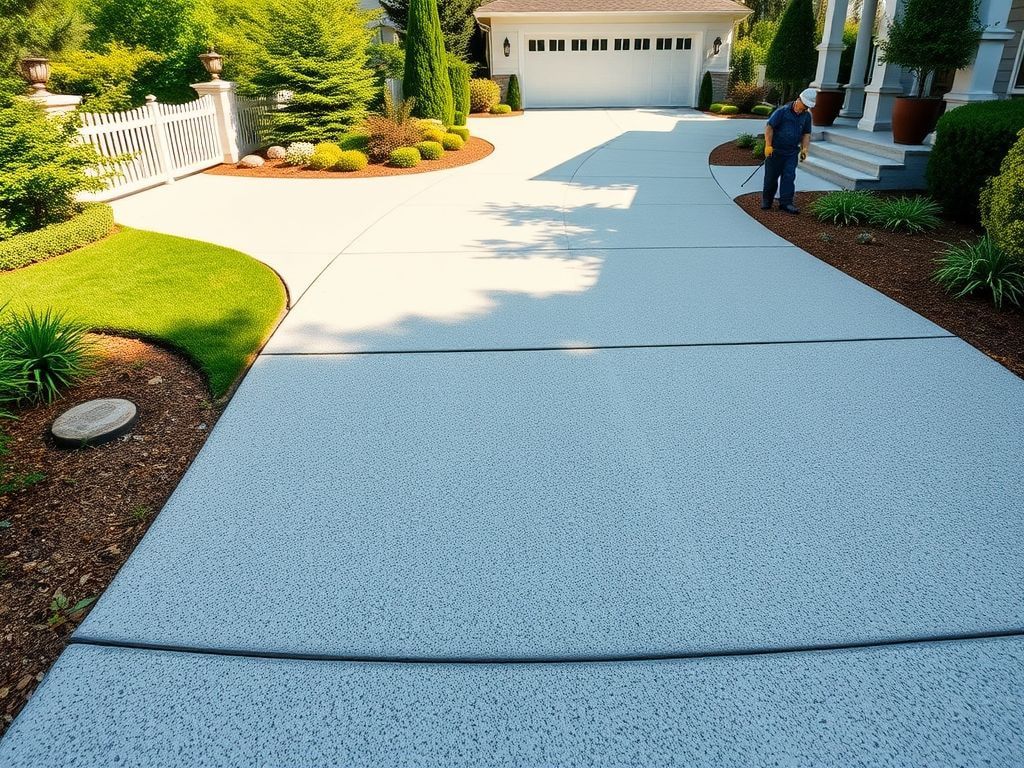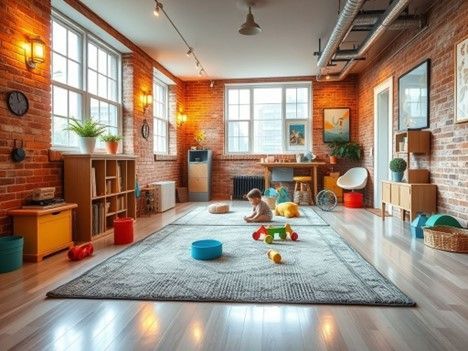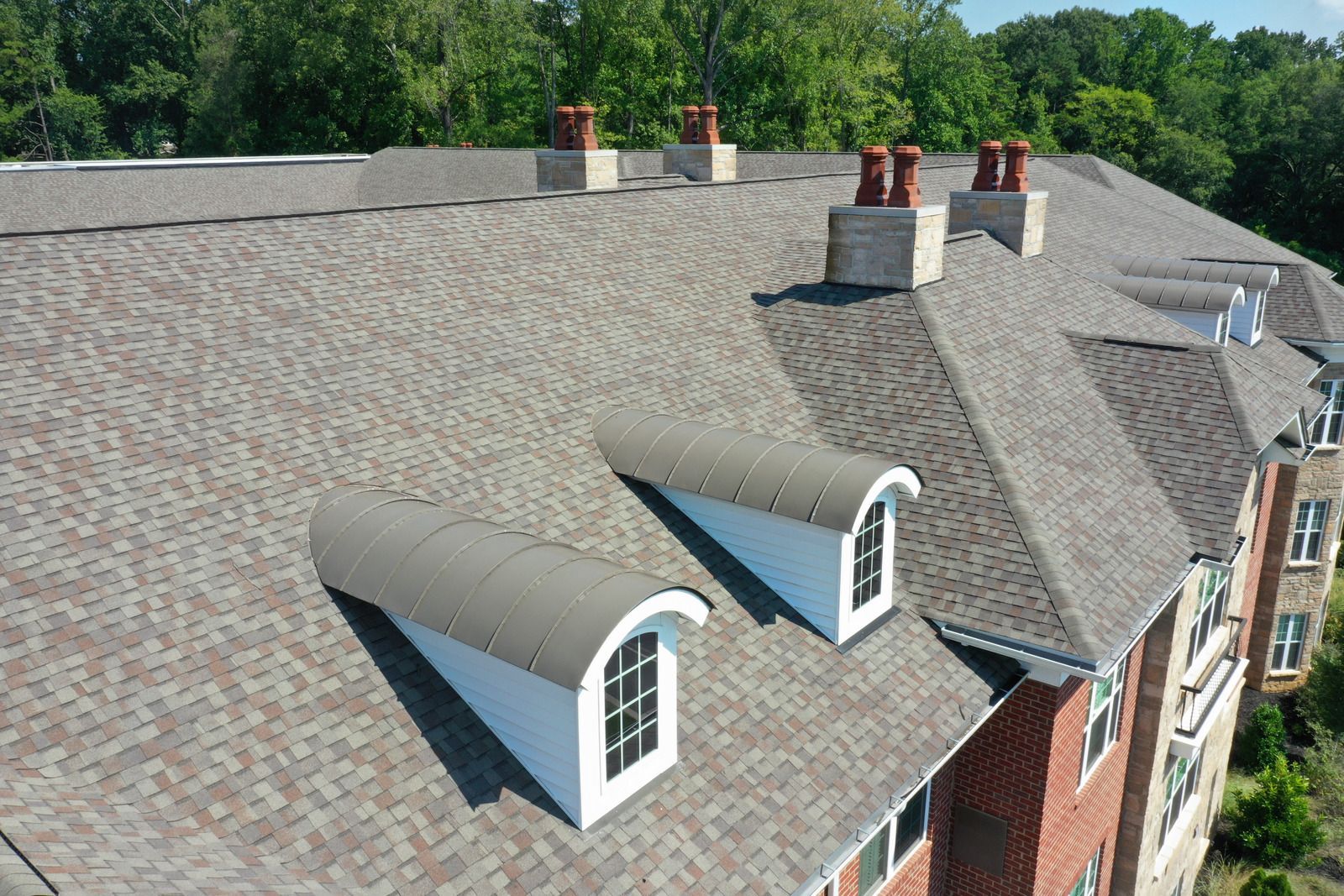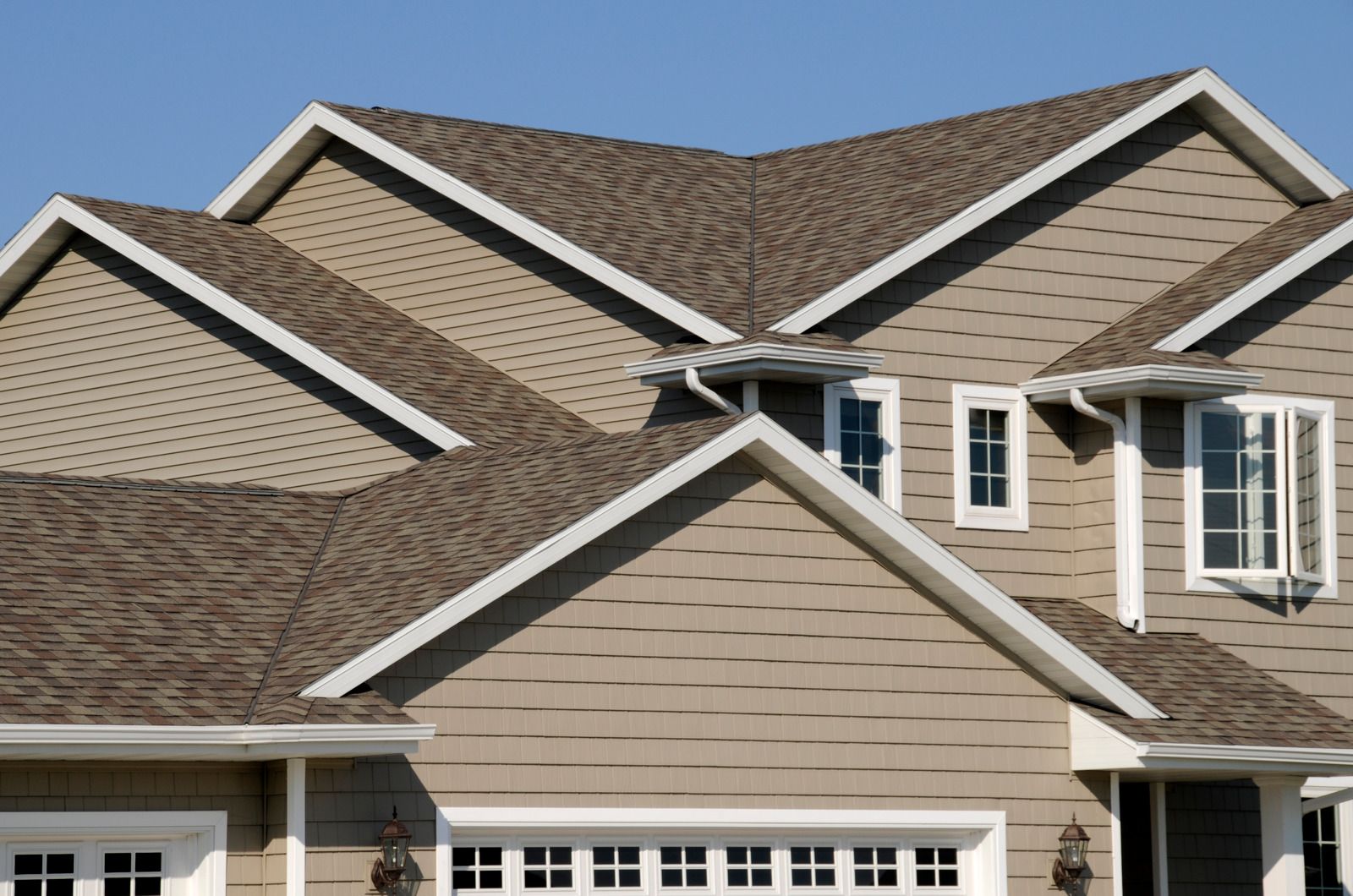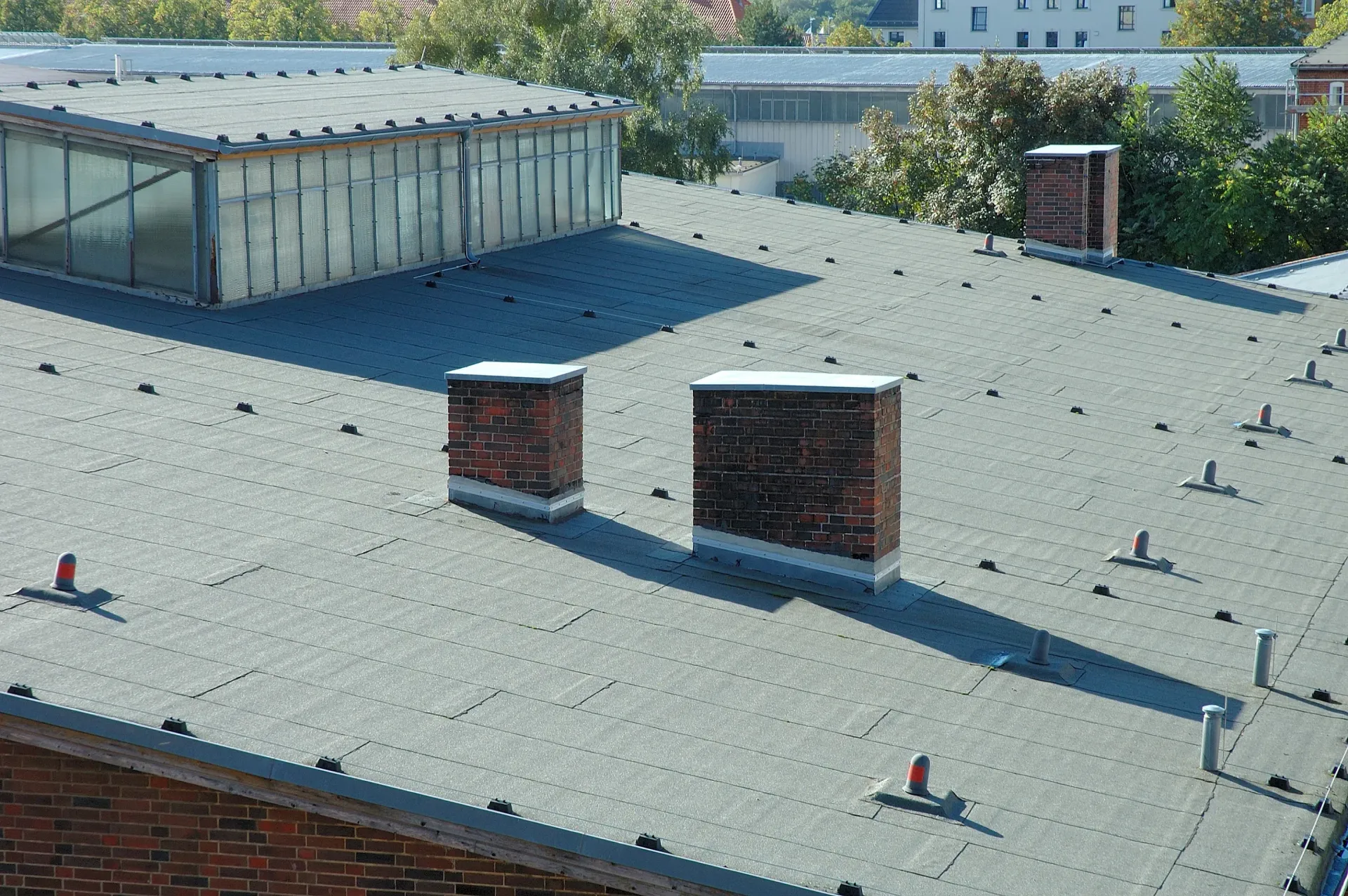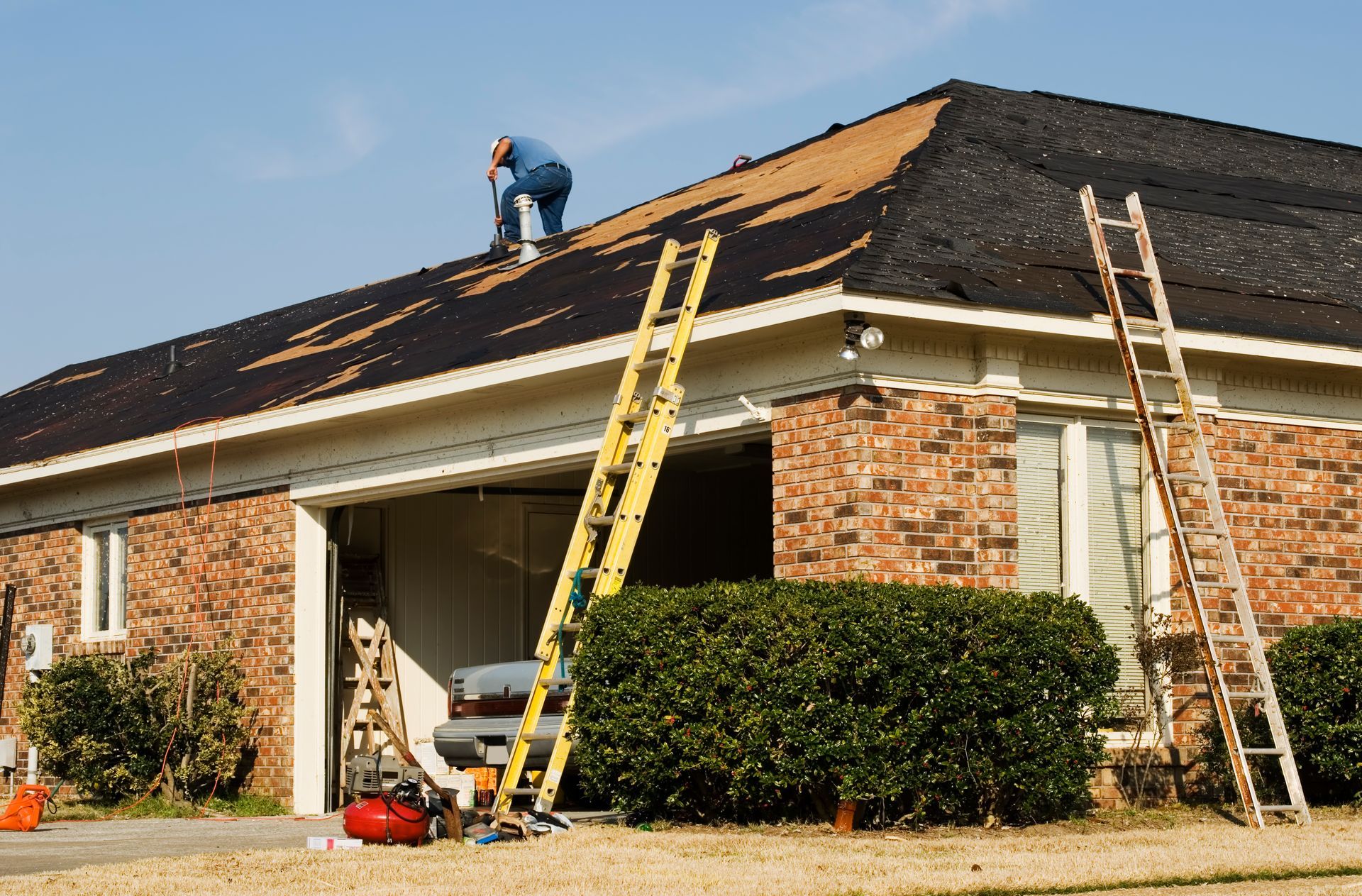How Professional Brick Pointing Enhances Long-term Property Value and Tenant Satisfaction
Article at a Glance:
- Professional brick pointing is a strategic investment for Brooklyn commercial property owners that extends beyond aesthetics to prevent water infiltration and structural weakening, directly impacting building longevity and value.
- Buildings with properly maintained masonry typically achieve higher property valuations, lower insurance premiums, reduced long-term maintenance costs, and face fewer liability issues from potentially dangerous falling debris.
- Tenant satisfaction and retention rates improve significantly with professional brick pointing, as it enhances building appearance, improves indoor comfort, reduces energy costs, and prevents moisture-related health issues.
- The technical process requires specialized expertise, particularly for Brooklyn's pre-war buildings with lime-based mortars, making contractor selection and proper mortar matching crucial for long-term performance.
- Implementing systematic maintenance protocols transforms masonry management from reactive emergency responses to strategic asset preservation, creating predictable expenditures and valuable documentation for future transactions.
Professional brick pointing represents far more than routine maintenance—it's a strategic business investment that preserves Brooklyn's distinctive architectural character while delivering measurable returns through enhanced property value and tenant satisfaction.
Commercial property owners in Brooklyn face unique challenges when maintaining their buildings' structural integrity while maximizing investment returns. The borough's characteristic pre-war brick buildings require specialized care to preserve both their historical value and structural soundness. When mortar joints deteriorate, they don't just affect aesthetics—they impact your bottom line through decreased property values, tenant dissatisfaction, and potentially costly structural issues.
Professional brick pointing represents one of the most strategic maintenance investments for Brooklyn commercial properties. This restoration process involves removing deteriorated mortar from between bricks and replacing it with fresh mortar matched to the original composition. Far from being merely cosmetic, proper brick pointing prevents water infiltration, structural weakening, and the cascade of problems these issues create.
Understanding Brick Deterioration in Brooklyn's Climate
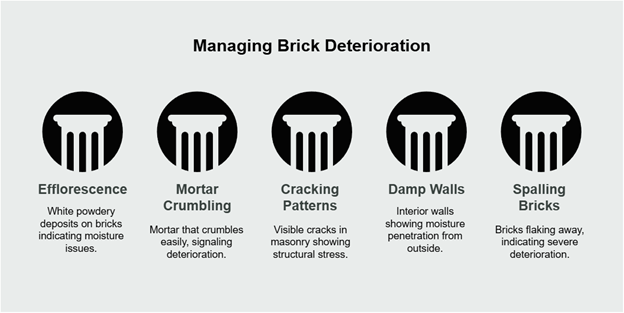
Brooklyn's buildings face particular challenges due to the region's climate conditions. The freeze-thaw cycles characteristic of Northeast winters create a perfect storm for masonry deterioration. When water penetrates mortar joints and freezes, it expands, creating pressure that gradually breaks down the mortar.
Pre-war Brooklyn buildings typically used lime-based mortars that require different maintenance approaches than modern cement-based mortars. These older buildings often show distinct deterioration patterns that signal the need for intervention:
- White powdery deposits (efflorescence) appearing on brick surfaces
- Mortar that crumbles easily with minimal pressure
- Visible cracking patterns, especially stepped diagonal cracks
- Damp interior walls corresponding to exterior masonry
- Spalling brick faces where the outer surface flakes away
When these signs appear, they indicate active water penetration into the building envelope. For commercial properties, this translates directly to increased heating/cooling costs, tenant complaints about comfort, and accelerating deterioration that will significantly increase repair costs if deferred.
The Technical Process of Professional Brick Pointing
Understanding what constitutes quality brick pointing helps property managers make informed decisions and properly evaluate contractor proposals. The process involves considerably more than simply filling in missing mortar—it requires a systematic approach to ensure longevity and proper building function.
Mortar Matching and Quality Indicators
Quality pointing work begins with proper mortar analysis and matching. Masonry contractors take samples of existing mortar for color, texture, and composition analysis to determine the appropriate mix design for replacement mortar.
Mortar matching matters far beyond aesthetics—it ensures structural compatibility with existing building materials. Using excessively hard mortar with soft historic bricks accelerates deterioration as the softer brick absorbs movement stress rather than the mortar joints.
From an investment perspective, proper mortar matching can extend maintenance cycles compared to generic repairs. The depth of mortar removal provides another key quality indicator—quality work typically involves removing deteriorated mortar to a substantial depth, while inadequate work often only goes to a minimal depth. This depth difference directly impacts longevity, with proper depth work generally lasting considerably longer than shallow repairs.
The Financial Benefits of Brick Pointing
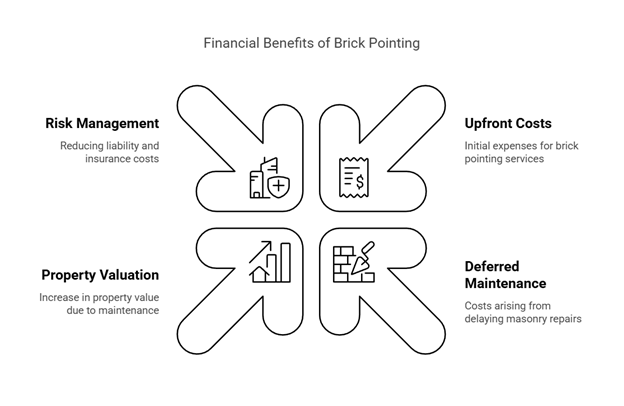
Making the business case for brick pointing requires looking beyond immediate costs to long-term financial impacts. Strategic property managers approach masonry maintenance as a value-preservation investment rather than a simple expense.
Cost-Benefit Analysis
Though upfront costs for professional brick pointing vary considerably for Brooklyn properties (depending on building condition, height, and accessibility), deferred maintenance typically generates substantially higher costs when emergency repairs, interior damage remediation, and accelerated deterioration are factored in.
Addressing masonry issues promptly generally costs significantly less than what property owners spend when delaying until systems fail. This cost multiplication effect stems from:
- Structural damage requiring steel lintel replacement
- Interior water damage remediation
- Mold remediation and indoor air quality issues
- Tenant disruption compensation
- Higher contractor premiums for emergency work
Property Valuation and Risk Management
From a valuation standpoint, well-maintained masonry can positively impact commercial property values through both appraisal metrics and market perception. Professional appraisers typically factor deferred maintenance into capitalization rate considerations, with visibly deteriorated masonry potentially affecting cap rates.
For a property generating substantial annual NOI, even modest cap rate adjustments can significantly influence valuation. Conversely, documented brick pointing work may support property valuations through demonstrating proper maintenance and care.
Beyond direct valuation impacts, masonry condition affects risk profiles and insurance costs. Property insurance underwriters increasingly scrutinize building envelope maintenance when determining coverage and rates. Documented masonry maintenance programs may qualify properties for preferred rating tiers, potentially resulting in premium reductions.
More significantly, liability exposure from falling masonry represents a substantial risk factor for Brooklyn property owners. Settlements for pedestrian injuries from falling masonry in NYC can be substantial, highlighting the risk management aspect of façade maintenance.
Tenant Satisfaction and Retention Benefits
While financial metrics provide compelling rationale for masonry maintenance, tenant-focused benefits offer equally powerful business incentives. In Brooklyn's competitive commercial market, tenant retention directly impacts profitability through reduced vacancy and turnover costs.
Building Appearance and Tenant Perception
First impressions matter significantly in the commercial real estate market. Building exterior condition directly shapes tenant perception of property management quality, with façade maintenance serving as the most visible indicator of overall building care.
Market surveys consistently show that commercial tenants rate building exterior appearance among their top five selection criteria. This visual assessment influences lease negotiations, with tenants often seeking concessions or discounts for properties with visible deferred maintenance.
Property managers report that recently repointed buildings typically lease faster than comparable properties with visible masonry deterioration. For Brooklyn's evolving commercial districts, façade quality increasingly determines tenant caliber and achievable lease rates.
Indoor Comfort and Energy Efficiency
Beyond aesthetics, masonry condition directly impacts tenant comfort and utility costs. Deteriorated mortar joints create thermal bridges that allow heat transfer, drafts, and moisture infiltration. These failures compromise the building envelope's performance, creating uncomfortable interior conditions and increased energy consumption.
For Brooklyn commercial properties, particularly those housing technology companies, creative firms, or professional services with high-value employees, comfort factors directly impact tenant satisfaction and retention. Buildings with intact masonry envelopes generally experience fewer comfort-related tenant complaints during extreme weather periods.
Implementation Strategy for Property Managers
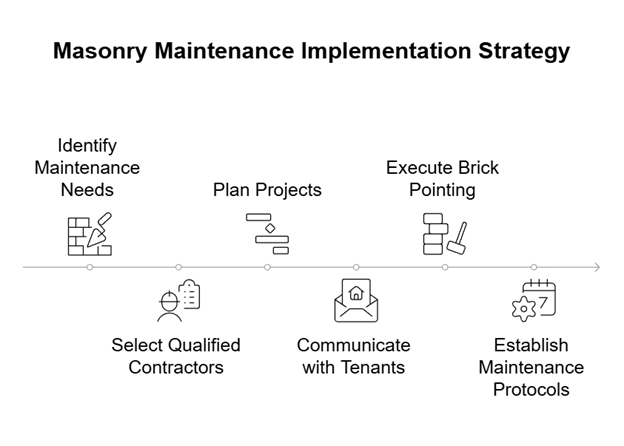
Translating masonry maintenance concepts into action requires strategic planning. Many property managers implement systematic approaches to brick pointing projects that minimize disruption while maximizing value creation.
Selecting Qualified Masonry Contractors
The technical specialization required for quality brick pointing makes contractor selection particularly crucial. Brooklyn's diverse building stock requires masonry contractors with specific experience in various building types and eras. When evaluating potential contractors, consider:
- Specific experience with comparable Brooklyn buildings
- Demonstrated knowledge of historic mortar formulations
- Proper insurance coverage and bonding capacity
- References from other commercial property owners
- Documentation of proper access equipment and safety protocols
- Clear communication about project management approaches
Beyond technical qualifications, successful project execution depends significantly on contractor communication practices. Effective brick pointing contractors provide regular progress documentation, clear timeline updates, and proactive problem identification.
Project Planning and Tenant Communication
Minimizing tenant disruption during brick pointing work requires strategic project planning and communication. Effective property managers develop comprehensive communication plans that include:
- Advance notification timelines (typically 30/60/90 days)
- Specific information about noise, dust control, and work hours
- Clear contact protocols for tenant concerns
- Regular work progress updates
- Accommodation procedures for tenant-specific needs
For Brooklyn properties, the optimal seasonal windows typically occur when temperature and humidity conditions support proper mortar curing. Planning projects during these optimal windows improves both work quality and project efficiency.
Establishing Ongoing Maintenance Protocols
The long-term value of brick pointing investments is maximized through systematic maintenance protocols. Many property management firms implement scheduled inspection programs that include:
- Annual visual inspections of all masonry surfaces
- Documentation of emerging issue areas
- Spot repairs of isolated deterioration before widespread failure
- Coordination of masonry maintenance with roof and drainage system upkeep
- Regular cleaning to remove damaging pollutants and biological growth
This systematic approach transforms masonry management from reactive emergency response to strategic asset preservation. This shift reduces budget volatility, extends capital improvement cycles, and creates predictable maintenance expenditures that improve financial planning.
For Brooklyn's investment-grade commercial properties, documented maintenance protocols also create valuable due diligence materials for future transactions. Comprehensive maintenance records demonstrating systematic care can strengthen negotiating positions during property sales, refinancing, or major lease negotiations.
Conclusion: Masonry Maintenance as Strategic Business Investment
Professional brick pointing represents far more than routine maintenance—it constitutes a strategic investment in property value preservation and tenant satisfaction. For Brooklyn's commercial property stakeholders, masonry integrity directly impacts multiple business objectives:
- Maximizing long-term property valuation
- Enhancing marketability in competitive rental environments
- Reducing emergency repair expenditures
- Improving tenant retention through better building performance
- Managing risk exposure from deterioration-related liabilities
For Brooklyn's distinctive commercial building stock, professional brick pointing also preserves the architectural character that creates market differentiation. This authentic character increasingly commands premium value in a market where distinctive properties outperform generic commercial spaces.
The optimal approach begins with professional assessment of current masonry conditions. This baseline evaluation establishes priorities, timelines, and budgetary requirements for strategic implementation. By developing comprehensive masonry maintenance plans, Brooklyn's commercial property stakeholders can position their assets for long-term value and competitive market advantage.
Frequently Asked Questions (FAQs)
Q: How does brick pointing differ from tuckpointing, and which is more appropriate for Brooklyn commercial properties?
A: While often used interchangeably, these terms represent different techniques with distinct applications. Brick pointing involves removing and replacing deteriorated mortar in existing joints. Tuckpointing is a more specialized aesthetic technique using two-color mortar applications to create the illusion of very fine joints, primarily found on high-end historic buildings.
For most Brooklyn commercial properties, standard brick pointing provides the appropriate balance of restoration quality and cost-effectiveness. However, buildings in historic districts with original tuckpointed facades may require maintaining this more labor-intensive approach to preserve architectural authenticity and comply with landmark requirements.
Q: What is the typical ROI timeframe for professional brick pointing on a commercial property in Brooklyn?
A: The ROI calculation involves multiple factors including prevented repair costs, energy efficiency improvements, tenant retention value, and property appreciation. Commercial property owners may see variable breakeven periods when considering direct cost factors alone.
When incorporating prevented damage costs and tenant retention value, the effective ROI timeline may be shorter for buildings with active deterioration issues. Properties with valuable retail storefronts typically see quicker returns due to the correlation between façade appearance and retail tenant success.
Q: How can property managers minimize tenant disruption during brick pointing projects?
A: Successful disruption minimization strategies include:
- Strategic project phasing that addresses different building elevations sequentially rather than simultaneously
- Implementing weekend work schedules for the most disruptive activities
- Providing clear timelines with specific impact expectations for different building areas
- Establishing dedicated communication channels for tenant concerns during the project
- Creating temporary protection for sensitive areas like entryways and outdoor tenant spaces
For retail tenants, façade work coordination with business cycles proves particularly valuable. Scheduling work during slower business periods and ensuring storefront visibility throughout the project can reduce revenue impacts and tenant dissatisfaction.
Q: What regulatory compliance issues should Brooklyn property owners consider before undertaking brick pointing work?
A: Brooklyn commercial properties face several regulatory considerations for façade work:
- NYC Façade Inspection Safety Program (FISP) requirements for buildings over six stories
- Department of Buildings permits for scaffold and sidewalk protection
- Landmarks Preservation Commission approvals for buildings in historic districts
- Environmental regulations regarding dust control and runoff management
- Lead and asbestos testing requirements for buildings constructed before 1978
The regulatory landscape creates significant project timeline implications. Landmark properties typically require substantial approval processes before work commencement. This approval timeline must be incorporated into project planning to avoid seasonal delays that could push work into suboptimal weather conditions.
Frequently Unasked Questions (FUQs)
Q: What liability issues might arise from postponing necessary brick pointing work?
A: Beyond the obvious structural concerns, deferred masonry maintenance creates several liability exposures that property owners often overlook:
- Premises liability for falling mortar or brick debris injuries
- Tenant property damage claims from water infiltration
- Indoor air quality liabilities from mold growth in damp wall cavities
- Business interruption claims from tenants if emergency repairs require temporary closures
- Regulatory violations under NYC's Façade Inspection Safety Program
These liability factors carry significant financial implications beyond repair costs. NYC premises liability settlements for masonry-related injuries can be substantial. Commercial property insurance policies increasingly exclude coverage for incidents resulting from deferred maintenance, creating direct owner exposure.
Q: How does proper brick pointing affect indoor air quality and tenant health?
A: The connection between masonry integrity and indoor environmental quality represents one of the most overlooked aspects of building maintenance. Deteriorated mortar joints allow water infiltration that creates conditions for mold growth within wall cavities. This hidden biological activity can significantly impact indoor air quality before becoming visibly apparent.
For commercial tenants, particularly in professional service sectors where employee health and productivity directly impact business performance, indoor air quality has become a major lease consideration. Buildings with documented envelope maintenance programs may command premium values specifically because of indoor environmental quality benefits.
The business implications extend to tenant retention, as indoor air quality complaints rank among the top reasons for commercial lease non-renewal. Property managers report that buildings with recently restored masonry tend to experience fewer indoor air quality complaints compared to properties with deferred maintenance.
Elevate Your Property’s Value with Professional Brick Pointing
Don't let deteriorating masonry compromise your property's value, safety, and tenant satisfaction. At City Suburb, we specialize in professional brick pointing that extends the life of your building, enhances curb appeal, and prevents costly structural damage. Our skilled team ensures precise mortar matching, durable repairs, and compliance with NYC regulations—so you can safeguard your investment with confidence.
Whether you own a pre-war commercial property in Brooklyn or a historic building in Manhattan, we deliver cost-effective, low-maintenance solutions tailored to your needs. Let’s restore your façade the right way—before minor issues turn into major expenses. Reach out to us today to schedule a professional assessment and get a customized brick pointing plan for your property.
📍 Serving Brooklyn, Queens, Manhattan, Long Island, and more!
💬 Connect with us on social media:
